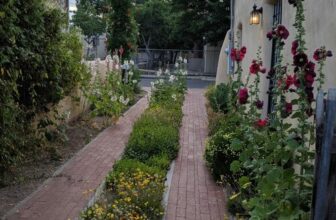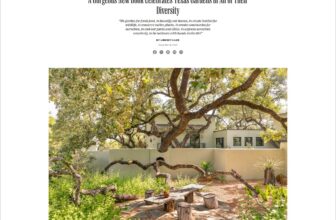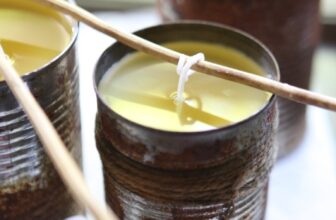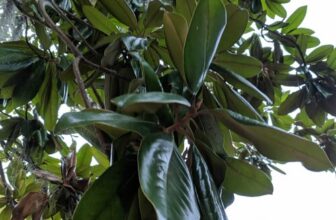When someone mentions food crops, we in the West often conjure images of juicy, red backyard tomatoes, or perhaps hot chiles. Rarely does one make the leap to perennials.
Perennial vegetables can be an interesting and low-maintenance complement to our existing vegetable gardens. These plants produce a reliable harvest, year after year, without the fussy seedling starts, hardening off, transplanting, and establishment work of annual vegetable crops. Most perennial crops are also highly seasonal, producing a bumper crop for a brief period before redirecting their energy into preparing for their next year. For this reason, they make superb botanical-culinary calendars, with flavors that conjure up a season in a bite. Fruit trees, fruiting shrubs, and perennial vegetables fall into this category. This piece will focus on the latter, specifically rhubarb, asparagus, sorrel, and artichoke.
Try these perennial vegetables
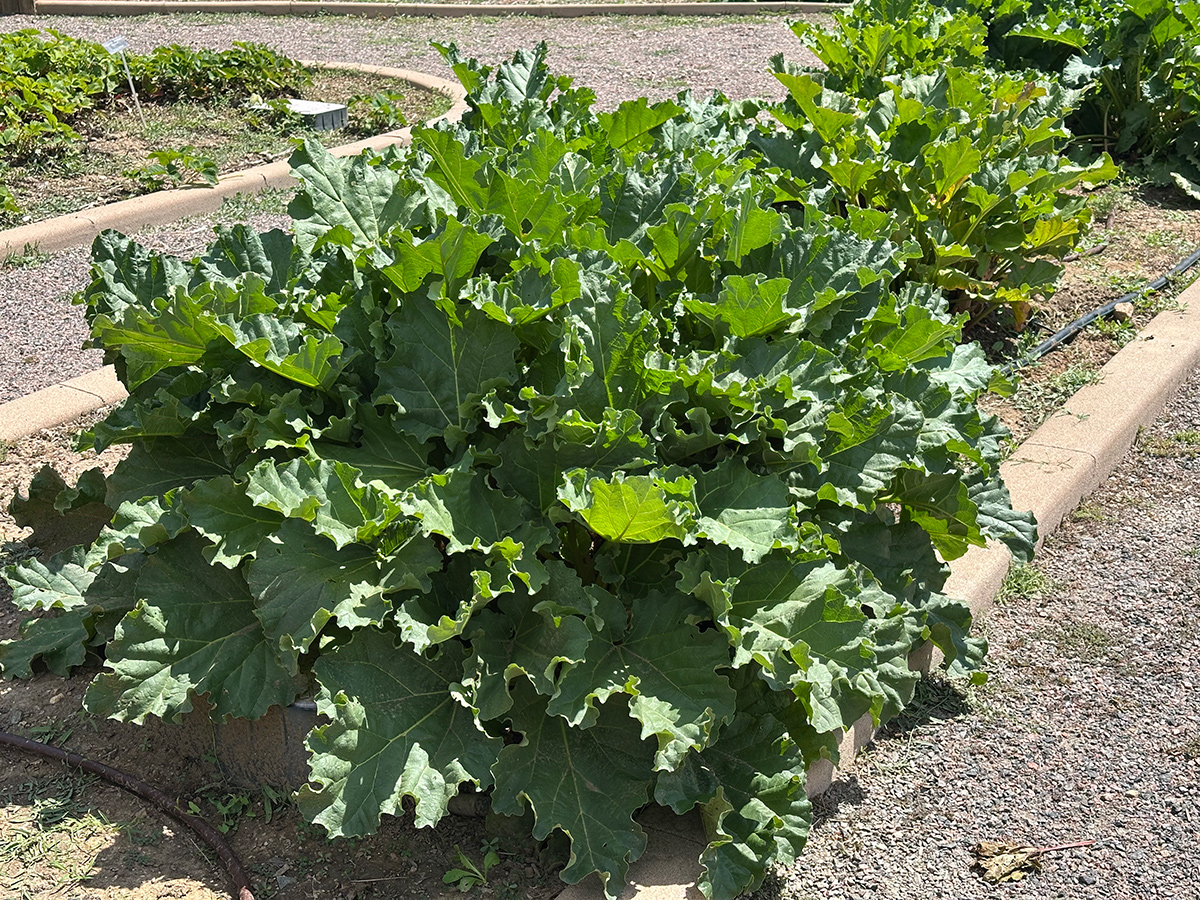
Rhubarb
Rheum rhabarbarum
Zones: 3–8
Size: 2 to 3 feet tall and 3 to 4 feet wide
Conditions: Full sun to partial shade; sandy and humus-rich, slightly acidic, well-drained soils
Spread across the West by homesteaders who brought the plants with them to their claims, rhubarb can be found in empty lots and fields and old cabin sites as well as in gardens. Just don’t mix it up with burdock (Arcticum spp.), which is highly invasive. Rhubarb is among the most forgiving and easy to grow of all food crops, and individual plants can live for decades. The rhubarb I grow, for example, is from a row I found at my family’s old homestead site. It had been forgotten and hung on for decades next to the long-gone cabin, a bit ironically outliving whoever had planted it. I dug up a plant, divided it, and planted it at home. It has since been passed on to numerous friends and family in the same manner from my garden.
Harvest rhubarb as soon as stems are of a suitable size, grabbing the base of each stem just above the soil surface—twist hard as you pull down and then out, and the leaf will pop right off at the plant’s base. I harvest rhubarb as I need it from spring until the Fourth of July; by that point in the season, it’s best to allow plants to redirect energy into producing food for their winter and next spring. Remember that only the stems of the rhubarb plant should be eaten, as the leaves contain a level of oxalic acid that is toxic. My favorite application is a simple sauce made from simmering diced stems in a few tablespoons of water with a bit of sugar. It takes a few minutes to make on a hot evening and is superb drizzled over ice cream. Though there is no flavor difference between green- and red-stemmed forms, red makes a more attractive sauce. But if yours is green like mine, you can always just add strawberries.
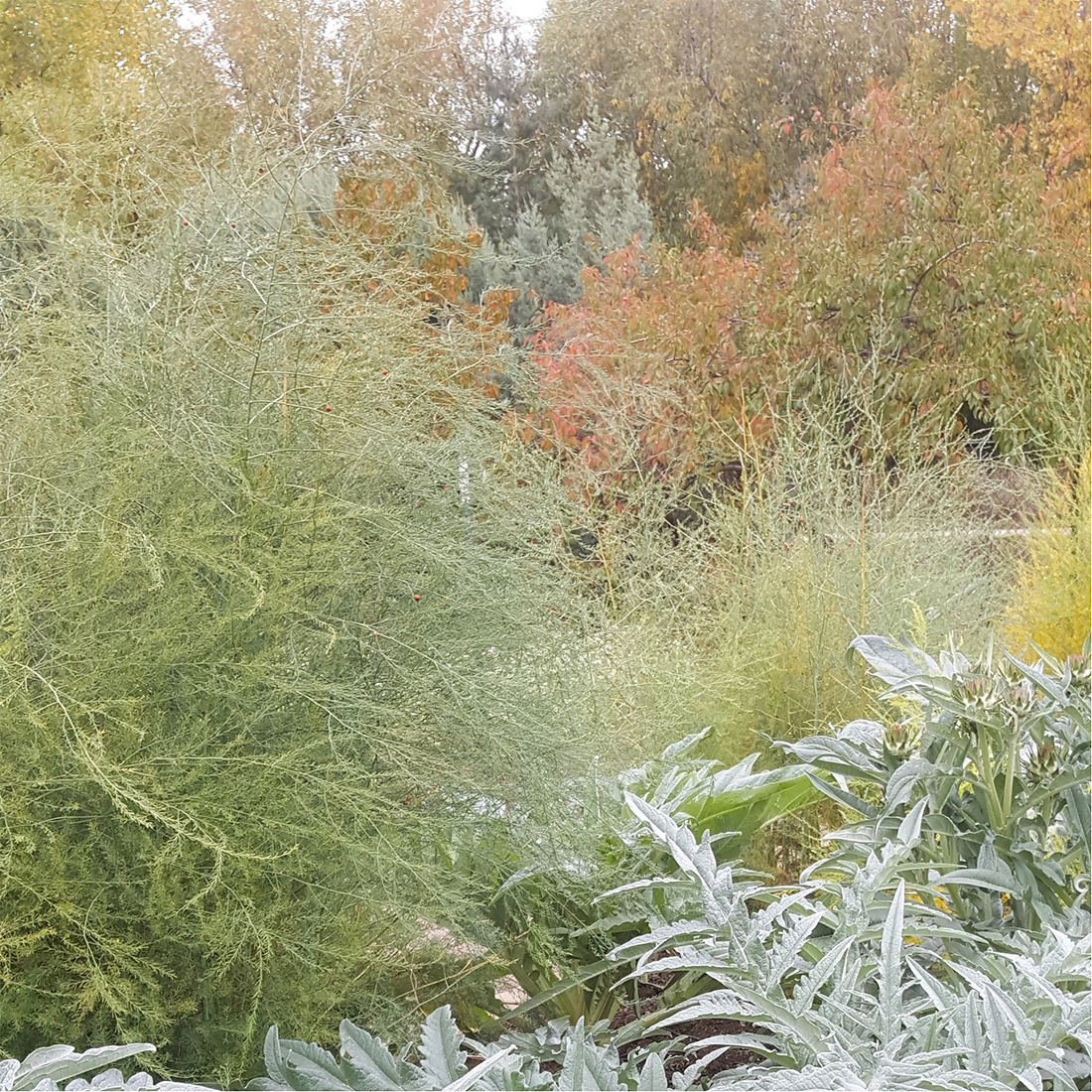
Asparagus
Asparagus officinalis
Zones: 2–9
Size: 3 to 5 feet tall and 1½ to 3 feet wide
Conditions: Full sun; moist, sandy soil with good drainage
Among the first vegetables ready for harvest, asparagus picking is a hallmark of a mature garden in mid-spring for my area. To establish it in the garden, buy starts in #1 pots and plant them in late spring or summer. Asparagus plants are either male (producing pollen) or female (producing inedible berries), and male plants make more productive vegetables because they don’t divert energy into seed production. So buying known, female-only varieties like those offered at nurseries can maximize productivity, if you care. Water generously, and do not harvest for the first two to three years.
When they are finally ready for harvest, stems should present as spikes, like those you buy at the store, with no ferny foliage yet spreading from their green shoots. Simply grab each with two fingers at its base and turn the stem 90 degrees; if ready for harvest, the stem will break off with a crisp pop. The key is to check your patch early and often; shoots that fern out or get too tall will become woody and should not be picked. Regardless, stop harvesting once summer heat hits or two months after the first shoots are picked, whichever comes first. Asparagus can also be found wild along ditch edges throughout the region and is easy to identify and harvest as it emerges in spring.

Sorrel
Rumex acetosa
Zones: 3–7
Size: 1½ to 2 feet tall and wide
Conditions: Full sun; average, well-drained soil
Tart like rhubarb but in a lemonier way, sorrel is another perennial vegetable that I take with me to each new garden I make. It’s a European potherb, like spinach, or a green that is most often cooked but can be eaten raw in modest amounts (it is high in oxalic acid, like spinach and rhubarb stems). Sorrel emerges early in the spring, providing easy greens from the garden before many other vegetables have hit their stride. I use it on occasion in salads or cooked into a dish. If cooked hot, it will lose its bright green color. Still, it’s easy to establish from a packet of seed and divides well should you want to share it with a friend. My patch has proven itself flexible in water needs, too, doing well with a few deep soakings in the spring and only occasional watering the rest of the season.

Artichoke
Cynara cardunculus var. scolymus
Zones: 7–9
Size: 3 to 5 feet tall and 2 to 3 feet wide
Conditions: Full sun; moist, fertile, well-drained soil
Less hardy than the previous offerings, though just as tasty, artichokes can be short-lived perennial vegetables in warmer portions of the West, as well. Here in Fort Collins, my Zone 5 garden is the edge of their hardiness. Plants will survive a warm winter with protection but typically not a cold one. Some varieties have more recently been bred for a respectable first-year bloom; however, living in cooler areas doesn’t preclude an artichoke harvest, just a perennial one. Artichokes are best planted early in the season and fed with a nitrogen source at time of planting. They appreciate a rich soil with regular irrigation. Sometime between mid to late summer and early fall, plants raise scaly, globe-like flower buds on stout silver stems: future artichokes. The aim is to allow the artichoke buds to grow as large and full as possible without any of the scales beginning to open. The lower scales will open first; if this begins to happen, you should harvest immediately. You know what to do from there! Typically, plants will produce a few smaller heads from their flower stems after the main bud is cut, so leave the stem standing to get the most out of your crop.
Plant perennial vegetables for beauty and bounty
Most of the perennial vegetables grown in our region are extraordinarily hardy and are troubled by few pests or diseases. In many cases, they are among the most suitable food crops for very cold or high-elevation mountain gardens that may not have growing seasons long enough for tomatoes, chiles, or other annuals. Expect rhubarb, asparagus, and sorrel to be reliable, long-lived perennials in Zone 3 and above. Also expect that each will require extra watering in warmer zones or on lean soils, as they do need to build up food and water stores to survive winter each year. A modest use of organic mulch (I especially like leaf litter or weed-free straw for my patches) can help reduce watering and benefit soil tilth in perennial food crop beds. If you’re a perennial gardener, rhubarb and asparagus can make interesting flower bed additions, thanks to their very coarse (rhubarb) and very fine (asparagus) leaves, which add nonflowering interest and structure.
For all of your vegetable gardening questions and inspiration, check out our Fruits and Vegetables Project Guide.
More information on vegetable gardening in the Mountain West:
Discuss this article or ask gardening questions with a regional gardening expert on the Gardening Answers forum.
And for more Mountain West regional reports, click here.
Bryan Fischer lives and gardens at the intersection of the Great Plains and the Rockies. He is a horticulturist and the curator of plant collections for a local botanic garden.
Photos, except where noted: Bryan Fischer
Fine Gardening Recommended Products
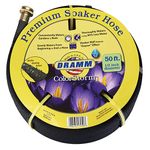
Dramm 17050 50′ ColorStorm 1/2″ Standard Soaker Hose
Fine Gardening receives a commission for items purchased through links on this site, including Amazon Associates and other affiliate advertising programs.
– Provides sufficient amounts of water to the garden without the hassle of hand watering
– Conveniently waters garden and beds
– 50 ft. by 1/2 inch diameter made from recycled material; lifetime guarantee
– Made in the USA

Gardener’s Log Book from NYBG
Fine Gardening receives a commission for items purchased through links on this site, including Amazon Associates and other affiliate advertising programs.
This weatherproof five-year log book includes the following features:
· Sturdy waterproof cover to protect pages from rain and muddy soil
· Lined pages and gridded paper for plotting beds
· Five years of 12-month bloom and harvest grids for recording what you planted and when
· Authoritative appendices on composting, pruning, pest and disease control, and container gardening
· Useful reminders by season on fertilizing, mulching, and transplanting
· Space for listing your favorite sources and suppliers.

Berry & Bird Rabbiting Spade, Trenching Shovel
Fine Gardening receives a commission for items purchased through links on this site, including Amazon Associates and other affiliate advertising programs.
Ideal Tool for All Gardeners Use: Our heavy duty trenching shovel is designed by a professional gardening tool designer. Lifetime Durability: This heavy duty drain spade is made of high-quality stainless steel, it is very strong and durable, even if it is used for high-strength work, it will not bend. Ergonomic Wood Handle: The handle of this planting spade is made of ash hardwood harvested from FSC-certified forests and has an ergonomically streamlined design, making it very suitable for everyone’s hands. Multi-Use: This digging shovel is generally used for digging trenches, digging holes, transplanting, edging, moving compost, cutting thick turf and furrowing. The sharp blade allows you to cut, scoop, dig, lift and dice in hard soil.

